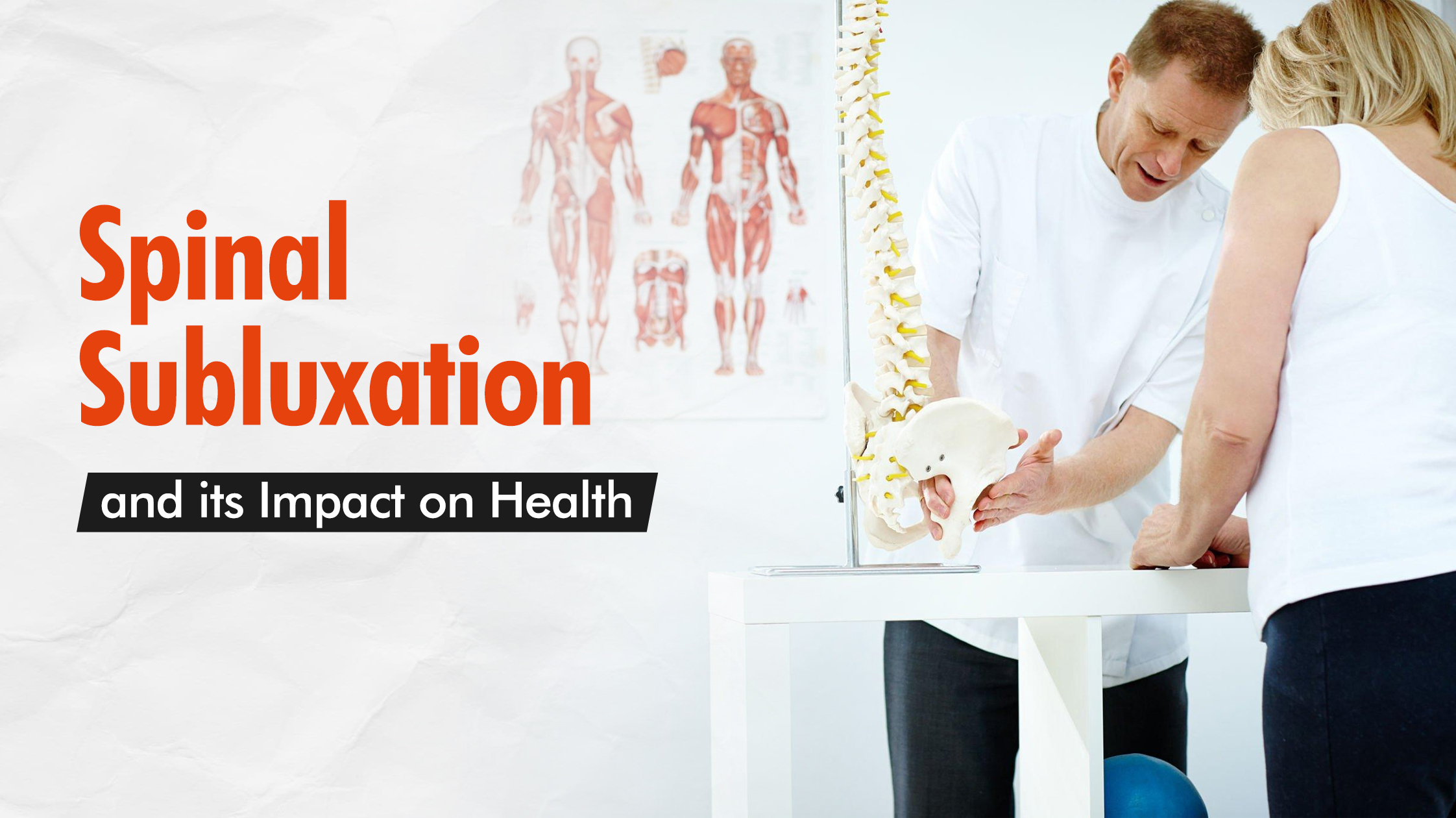Spinal Subluxation: Impact, Causes, And Care

Discover the impact of spinal subluxation on your health and well-being. This article explores the causes, symptoms, and consequences of spinal subluxations, along with preventive measures and effective chiropractic care. Take proactive steps towards a healthier spine and improve overall wellness. The spinal subluxations can cause pain, limited mobility, and discomfort due to misalignment of […]
Spinal Subluxation And Its Impact On Health

In our fast-paced modern lifestyle, spinal health often takes a backseat. Long hours of sitting at desks, improper posture, and physical inactivity contribute to various spinal issues, including spinal subluxation. This article will explore spinal subluxation, its impact on overall health, diagnosis, treatment options, prevention strategies, and the significance of seeking professional help. Understanding Spinal […]
